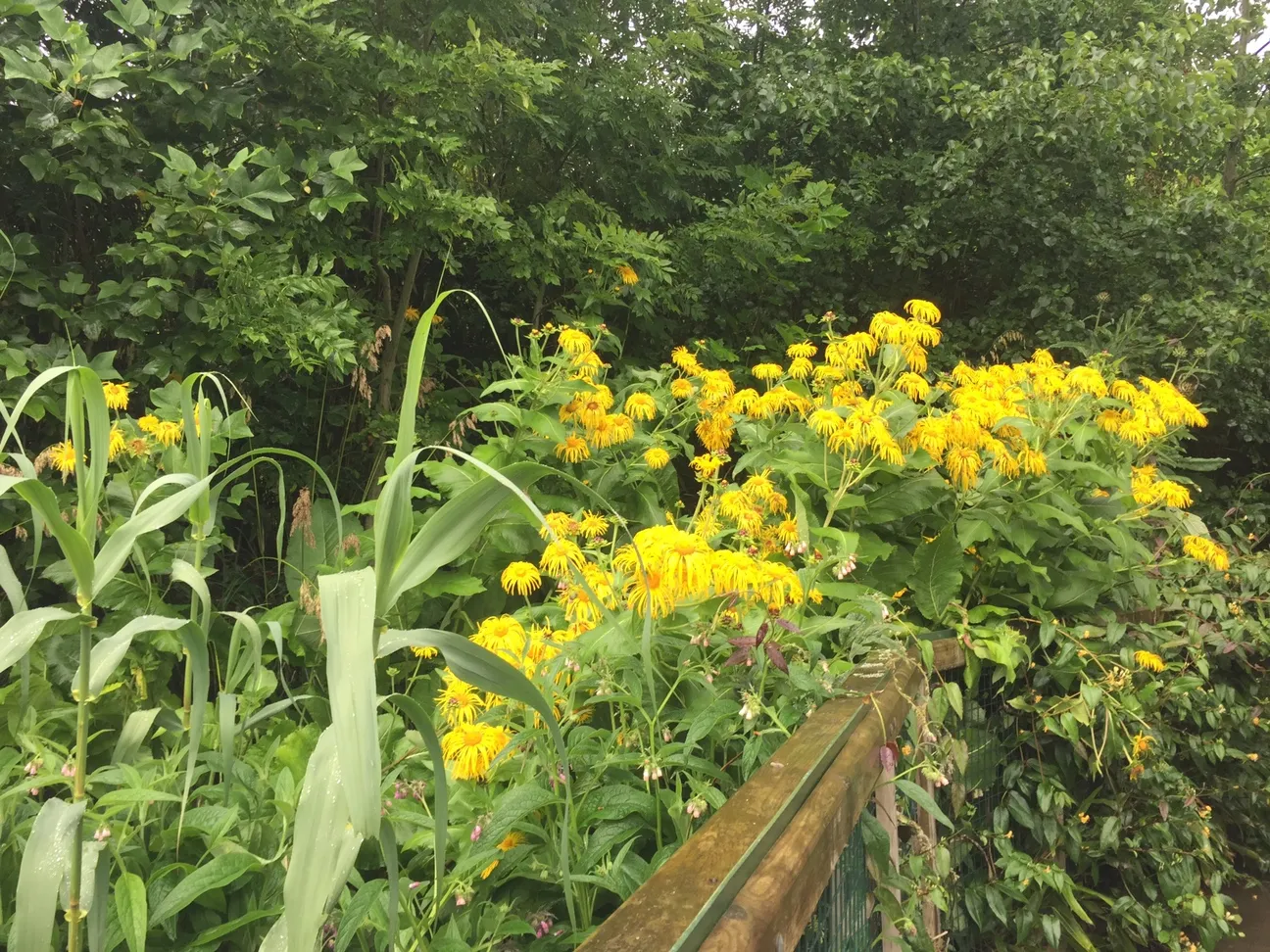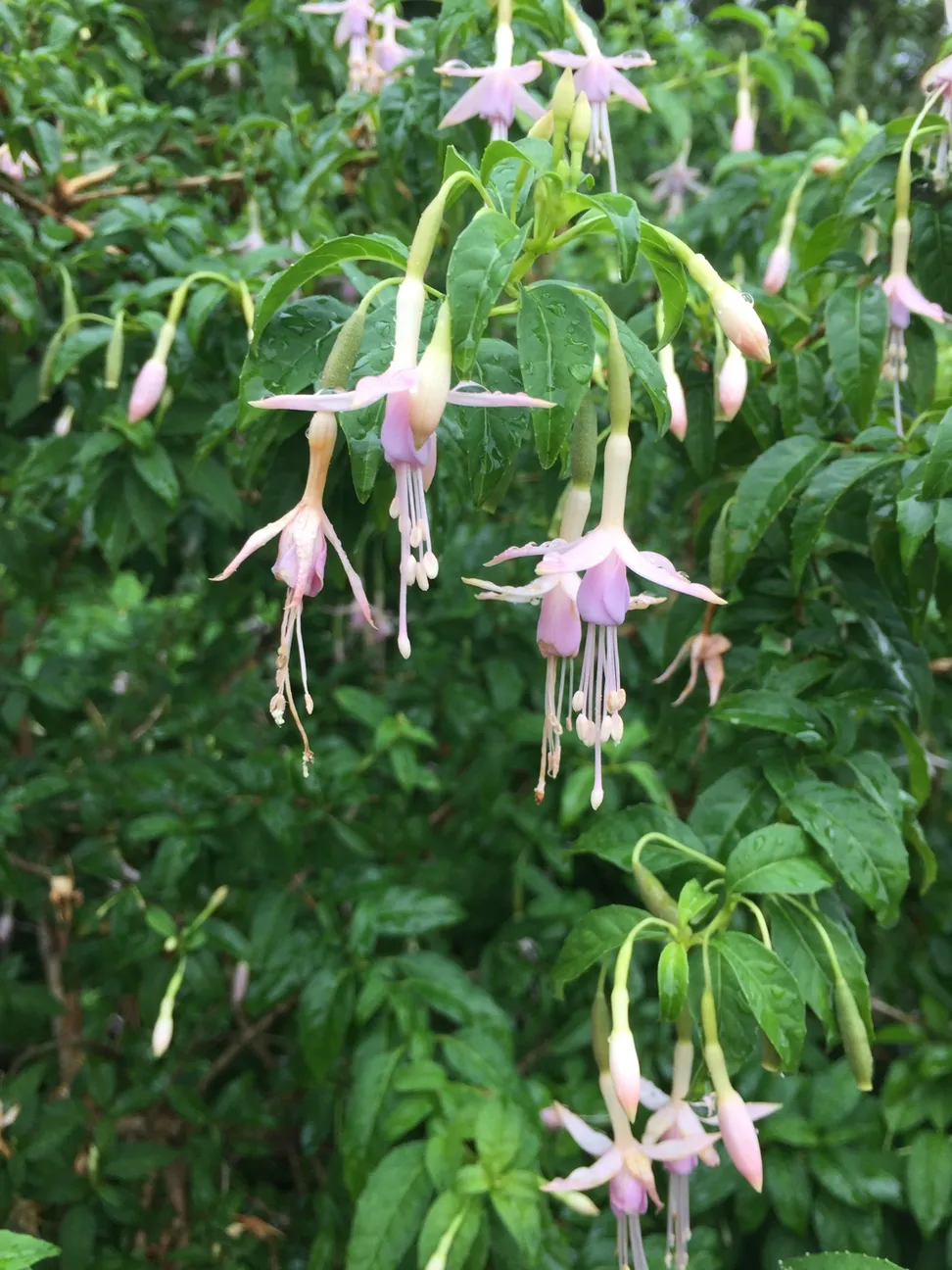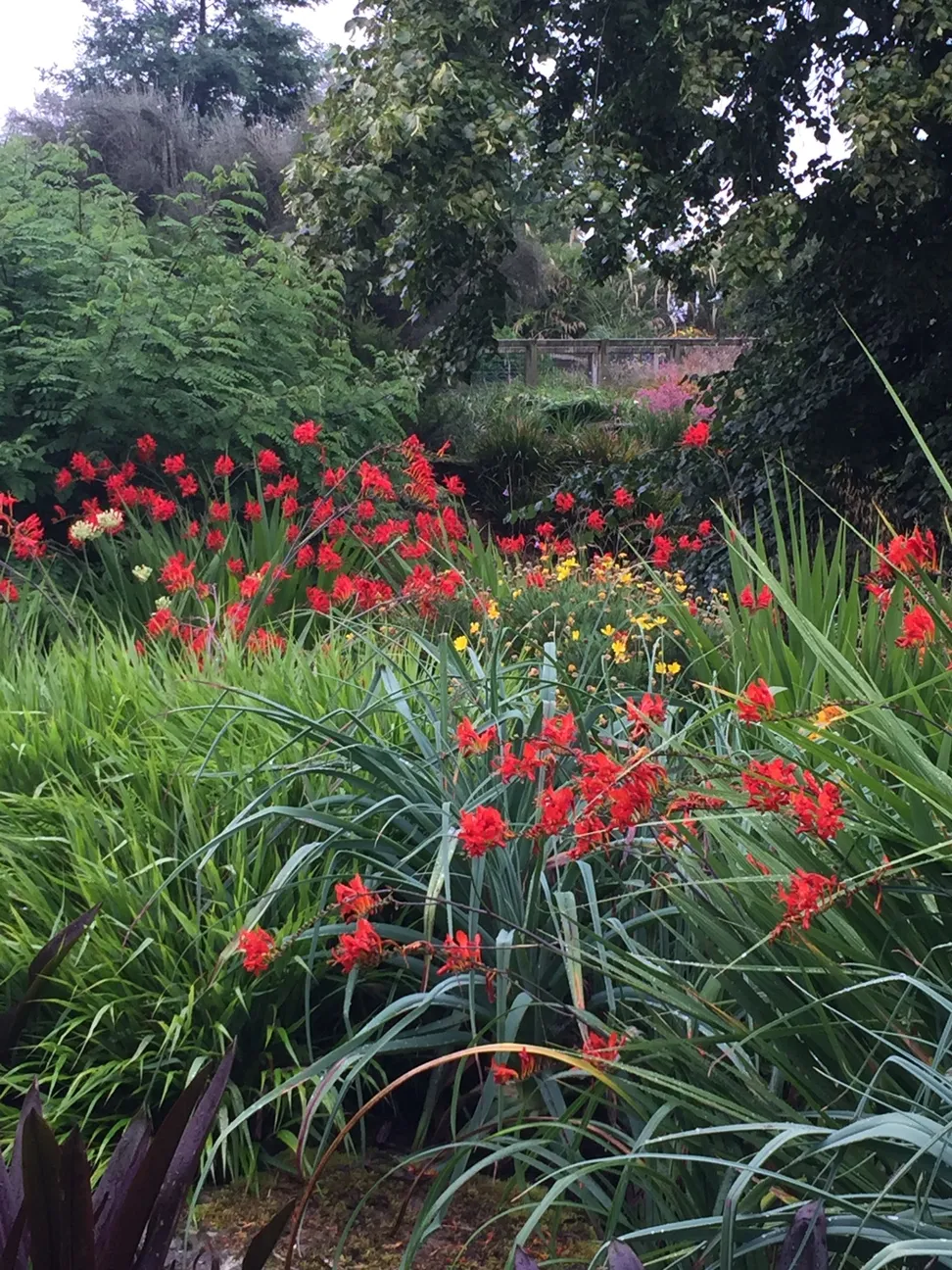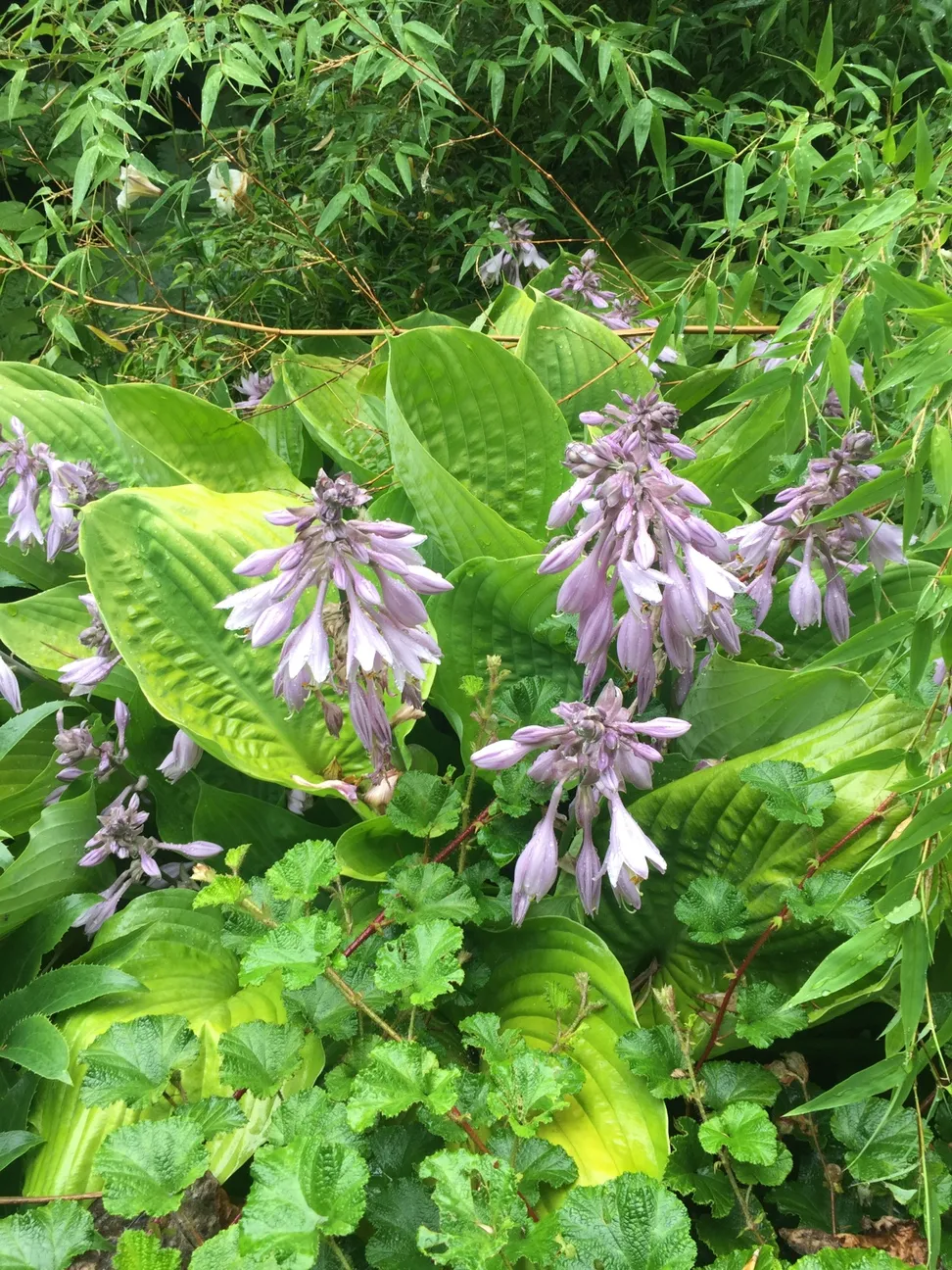Blog by Erin Mahaney, UC Master Gardener

As a gardener, one of the charms of visiting zoos is not only seeing the animals, but the zoo plantings as well. Even now that the children are grown, we have continued our family tradition of visiting a local zoo on the last day of a big trip when everyone is too tired to see one more cathedral, monument, or other site. But no one is ever too tired for the zoo! My family is very patient with me because I am as likely to take as many photos of plants as they do of the animals.

I’m not referring to the curated botanical gardens that are often attached to zoos or to the habitats within the animal enclosures, but to the workhorse plantings that line the zoo pathways. The plants aren’t always native to the area, although they obviously must be able to grow in the local soils and climate. Instead, I suspect that many plants were selected for common traits of being easy to grow and maintain in a public area as well as being attractive. Older zoos may include long-lived specimens from the mid-1800s, when the collection of new and exotic species was a trend. For example, the Dublin Zoo has a deodar tree that was planted around 1850. But the Zoo’s plantings now also include Irish native plants. It would be fun to chat with a zoo landscaper to learn about how they select the plants both in the animal habitats and in the public areas. Perhaps someday!

Some of my favorite zoos for plants include the Dublin Zoo, desert zoos such as the Living Desert Zoo in Palm Desert, and closer to home, the San Francisco Zoo.

I especially loved the plantings in the Dublin Zoo. We visited on a rainy, grey day (no surprise for Ireland!), but the beautiful plantings and bright flowers brightened the day. (The antics of the world’s cutest baby rhino didn’t hurt either.) The paths were lined with hostas, perennial sunflowers, verbena, campanula, and much more.

If you ever visit a zoo and see someone taking many photos of the plants, it may be me!
